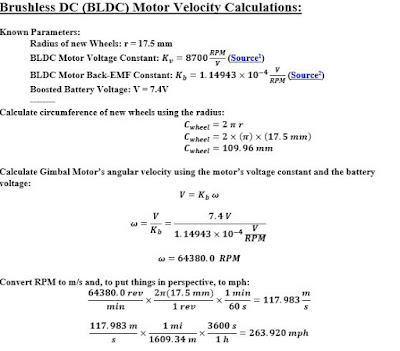Today, we completed Presentation 2, which is our 5th presentation overall, throughout the entire length of senior project, since last semester.
Please refer to our Presentation #2 slides, embedded below.
Covering the continuation of our prototyping efforts, we discussed progress on hardware acquisition, integration of components into a working circuit, and programming.
Regarding programming, we were still working on the communication between the Raspberry Pi and the Arduino. And while the circuit is also coming together, there was one piece that gave us problems yesterday: the gimbal motor broke and so we had to order another motor that is not a gimbal but is still a brushless DC motor. An image of the new motor is found in our presentation slides below. While this was disheartening at first, we found that the gimbal is not intended for continuous rotation, but instead for precise movement, as they are used for cameras on drones.
However, this was still a setback because the ESC was even more unsuited for the new brushless DC motor, more so than the gimbal motor. It was harder to control, and it was extremely fast, much faster than the gimbal motor. Nevertheless, we proposed a backup motor during our presentation: a mini-stepper motor that runs at 5V along with its dedicated driver board, the ULN2003.
In the meantime, however, we will go with the new brushless DC motor. The minimum voltage that the new brushless DC motor requires to operate is 7.4V; however, this was easily solved by using the boost converter. The new motor calculations are below:

Comments
Post a Comment